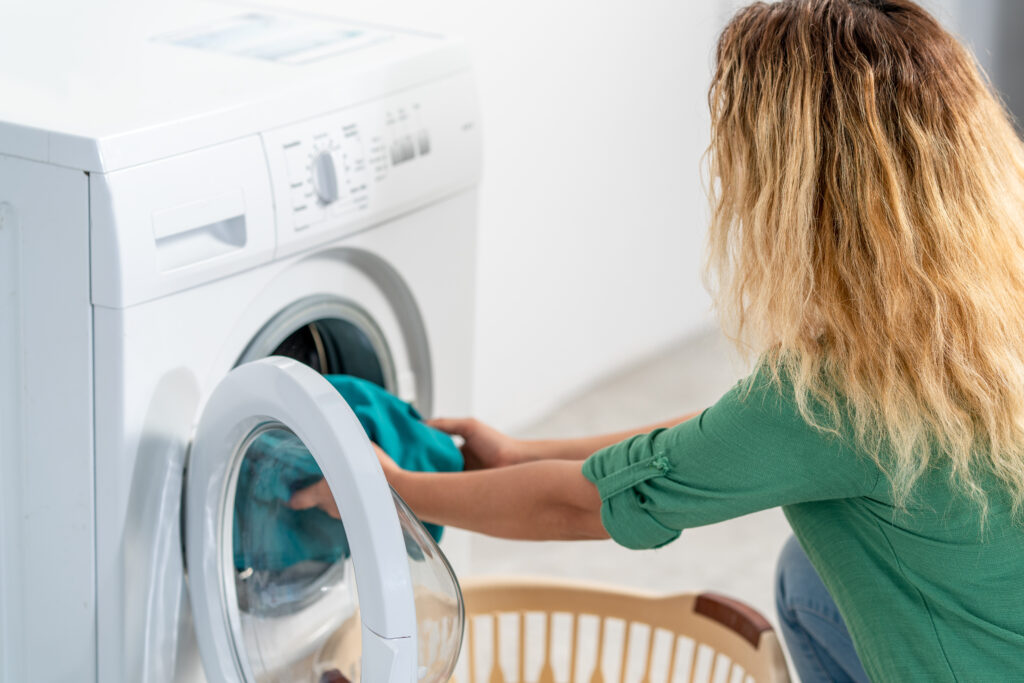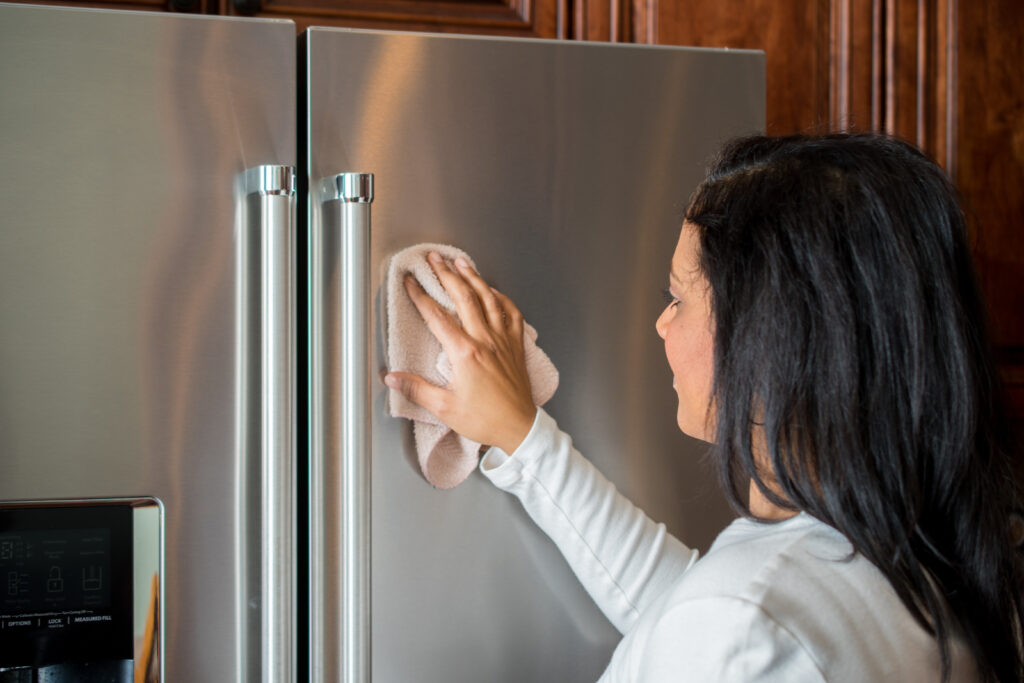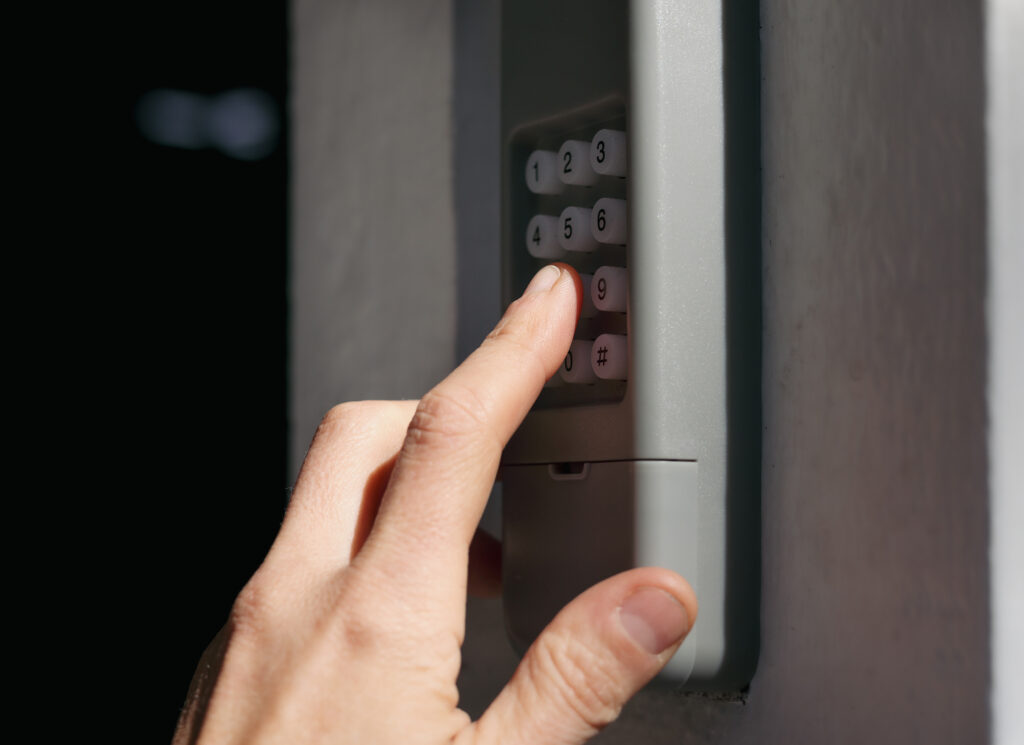Why Your Washer Won’t Spin Out Water: What Homeowners Need to Know
You toss in a load of clothes, press start, and expect to hear that familiar hum. But instead, your washer pauses mid-cycle, your laundry is still soaked, and the spin cycle feels like it just gave up. A washing machine that won’t spin out water is super frustrating—but also totally fixable. Before you panic-buy a new appliance or start wringing out towels by hand (honestly, nobody has time for that), let’s walk through what’s going on here and how you can take action. Especially if you’ve got a home warranty—or are thinking about one—this is definitely a situation where coverage could come in clutch.
Understanding the Spin Cycle and Why It Matters
So, washing machines—how do they work? In the most basic terms, your washer goes through several key stages in a complete cycle: fill, agitate, drain, and spin. That final step, the spin cycle, is where your washer rapidly rotates the drum to sling water out of your clothes using centrifugal force. It’s kind of like a salad spinner, but way louder and significantly less healthy. If the spin cycle doesn’t run or runs weakly, your clothes stay heavy, wet, and take forever (seriously, forever) to dry. This isn’t just annoying—it can signal a bigger issue hiding behind your laundry room door.
Common Reasons Your Washer Isn’t Spinning Properly
This issue isn’t a one-fix situation; there are a few usual suspects. First and maybe most commonly, there’s an unbalanced load. Too many towels crumpled on one side, or a single heavy blanket, can throw off the drum’s motion. The washer might pause to protect the motor from damage. Next up—clogged or malfunctioning drain systems. If the washer can’t drain water, it won’t move into the spin cycle. Third possibility: lid switch issues. Your washer has a safety switch that prevents spinning when the lid is open. If that switch breaks, the washer thinks it’s open even when it’s obviously not. Wild, right? And then you’ve got belt problems, motor troubles, or even a faulty control board. Yeah, it’s a lot.
Can You Fix It Yourself—or Should You Call in Backup?
Short answer: sometimes. If it’s a lopsided laundry issue, you can totally handle that. Pause the washer, redistribute the load, press start. Done. Easy win. But if it’s a deeper mechanical or electrical fault—like a broken lid switch or burned-out motor—you’re risking more harm (and more cost) with DIY fixes. Some washers make it nearly impossible to reach the internal components without special tools or 87 YouTube tutorials. And if something shorts or floods? That’s potential damage far beyond just one broken appliance. This is where a home warranty can step in like an MVP. If you’ve got a plan that covers major home appliances, you can file a claim, pay a flat service fee, and let a licensed pro come out and take care of it. No guesswork, no YouTube rabbit holes, and no soaking-wet hoodies left hanging over your shower rod.
Washing Machine Maintenance Tips That Actually Help
Okay, now that we’ve covered the drama, let’s talk prevention. Routine maintenance can head off a lot of these problems. Number one: don’t overload it. Your washer’s manual probably tells you what “full” means, but be real—no one reads those. Just make sure the drum isn’t stuffed to the brim. Next, check for pocket debris. Coins, bobby pins, and random sock lint can clog your pump and hoses. Every month or so, run a cleaning cycle (honestly, your washing machine needs to be washed too—ironic, right?) with washer cleaner or vinegar. And give the drum and door seal a wipe to keep mildew at bay. Finally, if your washer starts sounding…off? Don’t ignore it. Small noises can turn into big repair calls.
The Role of Home Warranties in Appliance Woes
Here’s where this topic gets real for homeowners: repair costs. A washer that’s acting up can cost anywhere from $100 to $600 to fix, depending on the part. And if it’s beyond repair? Now you’re talking full appliance replacement, which can easily climb north of $1,000. That’s a financial hit—especially if the fridge or HVAC system decides to rebel at the same time. A quality home warranty can cover the repair or replacement of major appliances, including washers and dryers, for a predictable monthly rate and a flat service fee when something goes wrong. It’s coverage that makes the unexpected…well, a little less painful.
How to Tell If It’s Time to Replace Your Washer
How old is your current machine? Most washers last about 10 to 12 years. If yours is in that ballpark—or older—and the repair cost starts creeping past half the price of a new model, it’s probably time to upgrade. Especially if it’s had multiple issues back-to-back. Newer washers are more energy-efficient, use less water, and (bonus) usually spin better. If you’re planning to swap yours out, a home warranty becomes even more valuable moving forward—it’ll cover your newer appliances down the line and help you avoid falling into another spiral of surprise expenses. See what I did there—spiral? Like the spin cycle? Okay, sorry, couldn’t resist.
Why Armadillo Has Your Back (and Your Appliance)
When your washer conks out in the middle of your laundry day, it’s not just inconvenient—it’s a major disruption. A reliable home warranty like Armadillo can help tackle these breakdowns swiftly and affordably. Whether it’s your washer, your fridge, or any other system trying to betray you, Armadillo brings you fast claims, easy online tools, and a network of trained technicians who know exactly what to do. We’re built for modern homeowners who don’t want to stress about the unknowns of homeownership—and who really don’t have time for flooded laundry rooms. Take a peek for yourself at Armadillo’s homepage, or jump right into setting up your coverage with our easy online plan builder right here. Because the next time your washer acts up, the only thing you should be spinning is your playlist—not your wet clothes.


























